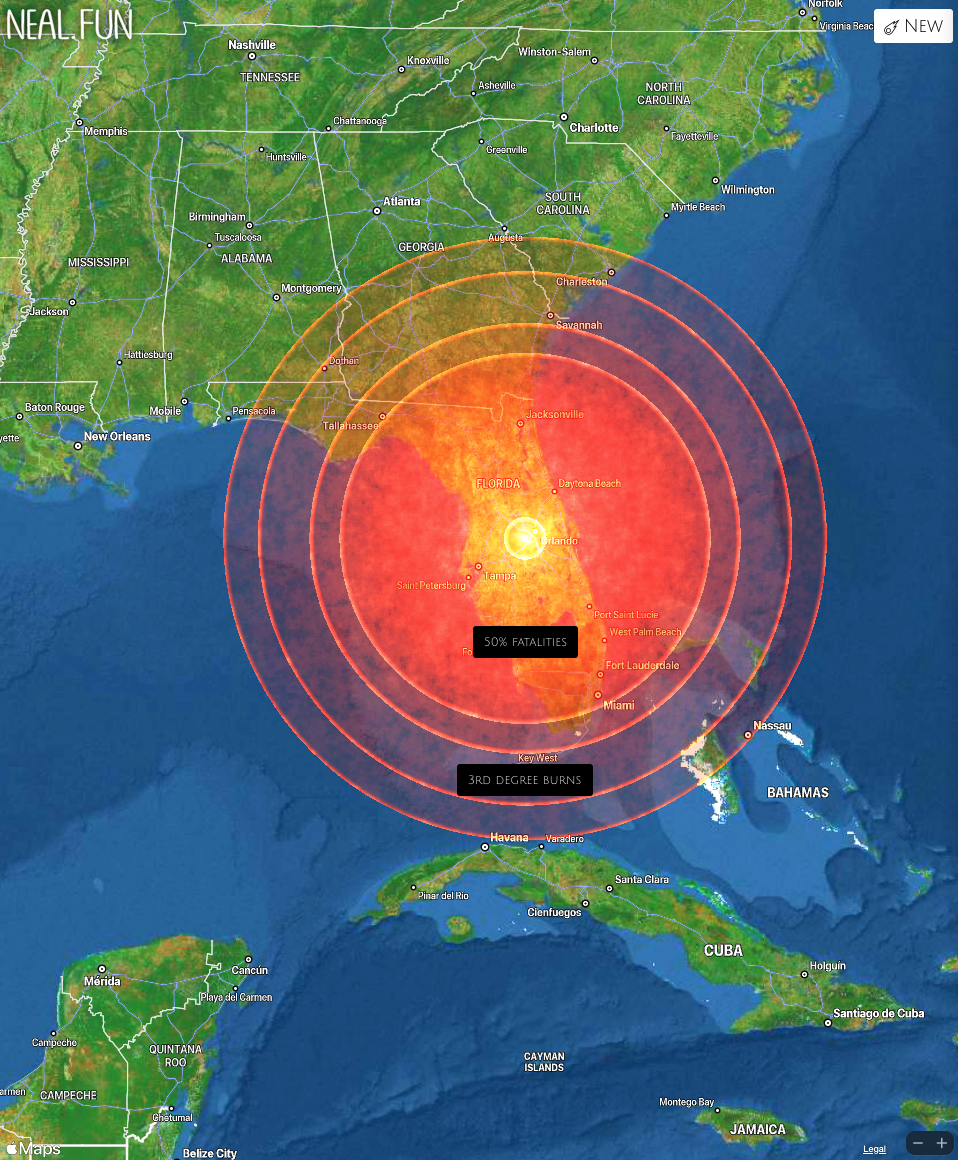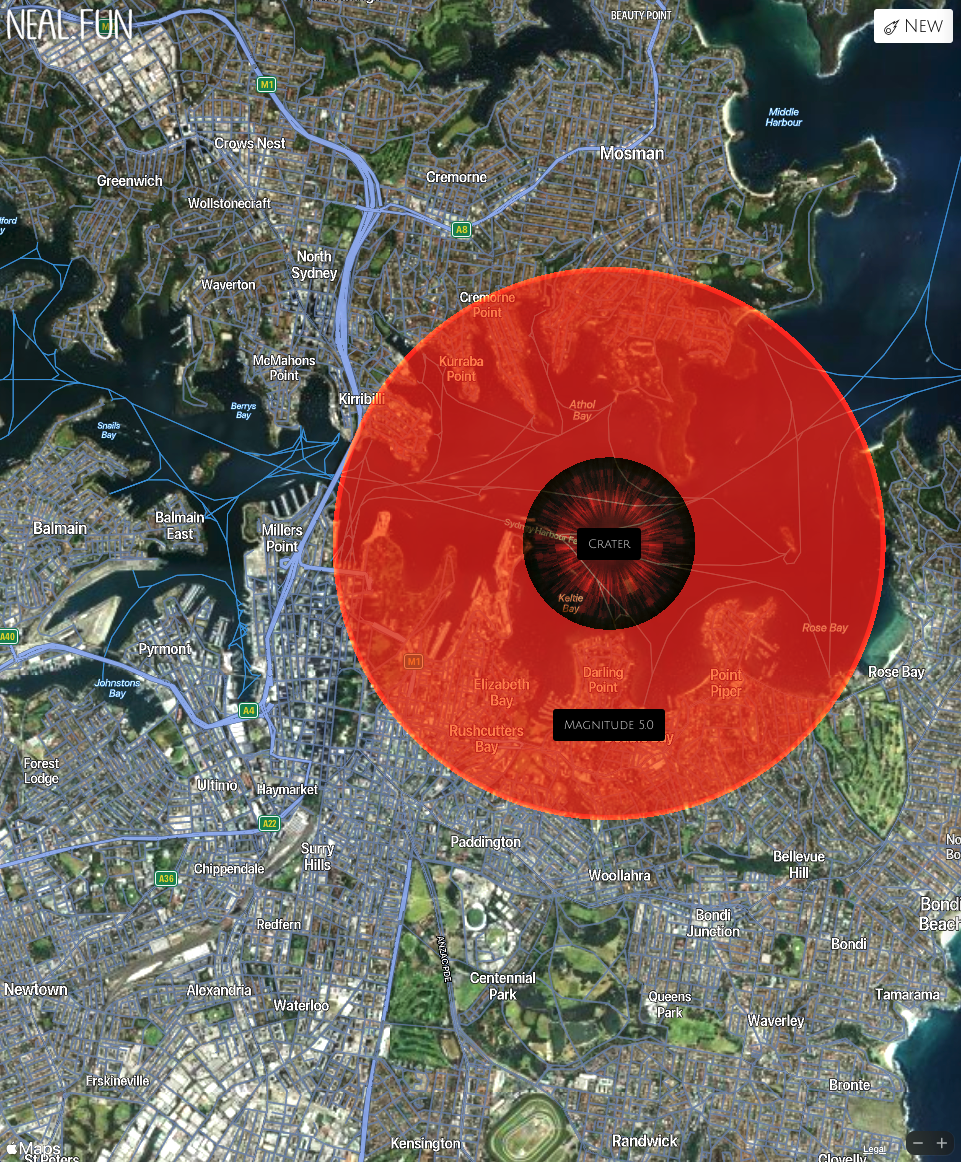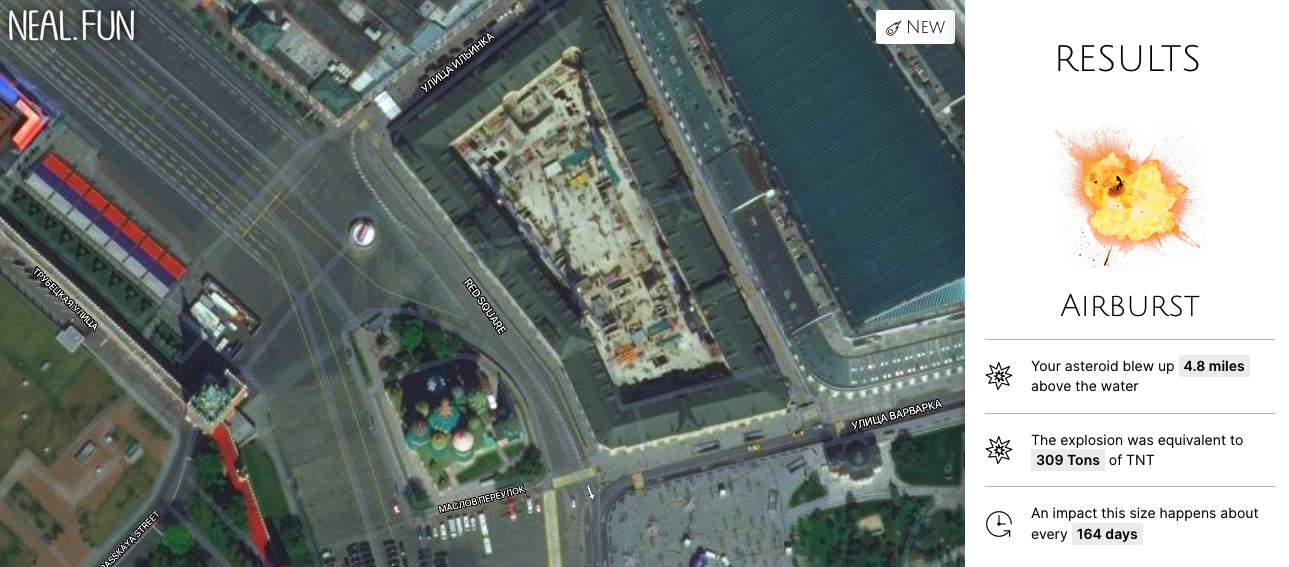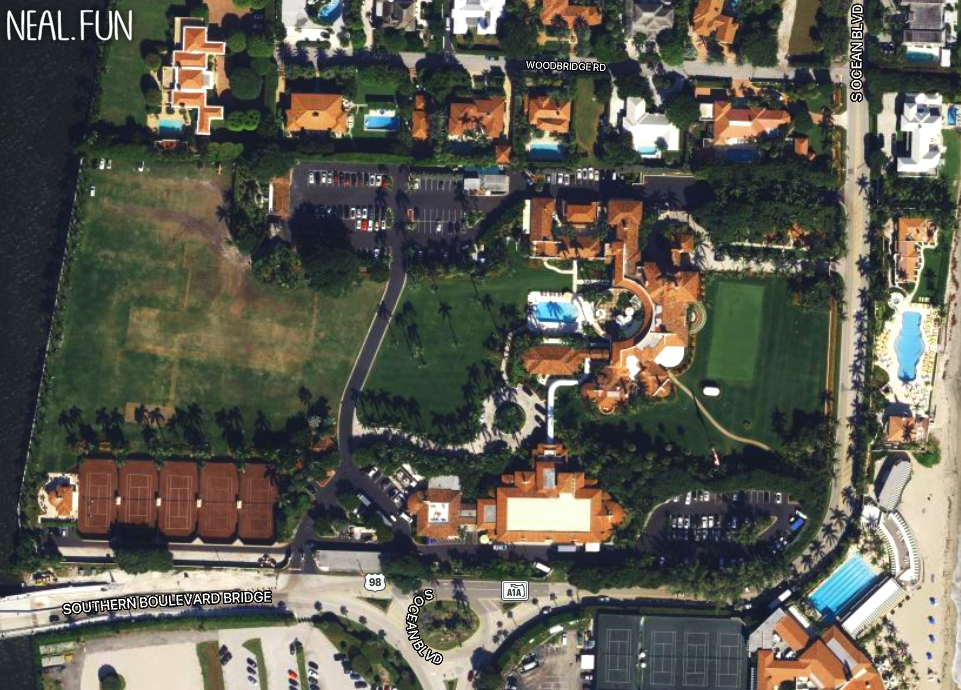If you’ve read Your Mileage May Vary for any length of time, you can usually tell the difference between which of us, Joe or Sharon, has written which post. Joe tends to write the more informative posts about points, miles, airlines, hotels, credit cards, etc. I (Sharon) tend to focus on the more quirky aspects of travel. Stuff like:
- Learning the history of why “oneworld” is all lowercase letters and has “one” in boldface
- Our review of Iceland’s Penis Museum
- That time when a travel-related superstar passed away
Sometimes my quirky posts are admittedly on the far edge of travel. Maybe even sort of travel-adjacent, LOL
- The stereotypes of various countries (as explained by their residents)
- The passenger who fixes lounge’s pancake machines
- The map that shows where you’d be if you dug a hole straight through Earth
That last one, if you’ll recall, was particularly interesting and fun. And along those lines, I just discovered a “new” map that, although not necessarily fun, is definitely interesting.
It’s a simulator that shows what would happen if a comet, asteroid, or other space rock crashed into your favorite travel destination. Or your home town. Or just about anywhere.
It’s called Asteroid Launcher and was created by a web developer named Neal Agarwal (online, he’s better known as neal.fun (which is also the name of his website – because crashing asteroids is “fun?” I dunno). Anyway Asteroid Launcher lets you “crash” a simulated asteroid of your making into the city or area of your choice, anywhere around the world.
Here’s a good example. Want to crash a 1-mile wide comet at an angle of 90 degrees onto Walt Disney World’s Magic Kingdom at a speed of 250,000mph? Here’s what the damage would look like:

According to Asteroid Launder:
- An estimated 192 people would be vaporized in the crater
- The crater is 1,447 ft deep on the sea floor
- The impact will create a 1.1 mile tall tsunami
- Your asteroid impacted the water at 246,408 mph
- The impact is equivalent to 1,897 Gigatons of TNT
- More energy was released than the last eruption of Yellowstone
- An impact this size happens on average every 8.8 million years
It continues:
- The impact would cause a 50-mile wide fireball
- An estimated 9,351,569 people would die from the fireball
- An estimated 1,056,098 people would receive 3rd degree burns
- An estimated 1,727,557 people would receive 2nd degree burns
- Clothes would catch on fire within 254 miles of the impact
- Trees would catch on fire within 357 miles of the impact
Not only that, but:
- There would be a 293 decibel shock wave
- An estimated 4,411,338 people would die from the shock wave
- Anyone within 148 miles would likely receive lung damage
- Anyone within 193 miles would likely have ruptured eardrums
- Buildings within 335 miles would collapse
- Homes within 448 miles would collapse
And…
- The blast would cause 175,237mph peak wind speeds
- An estimated 4,339,247 people would die from the wind blast
- Wind within 100 miles would be faster than storms on Jupiter
- Homes within 164 miles would be completely leveled
- Within 293 miles it would feel like being inside an EF5 tornado
- Nearly all trees within 481 miles would be knocked down
Last but not least…
- The blast would also cause a 6.1 magnitude earthquake
- An estimated 185 people would die from the earthquake
- The earthquake would be felt from 33 miles away
Wow, huh?
But what if it was different? Smaller? And a different type of space rock? Say, an iron asteroid, 2000 feet in diameter, that crashed into Sydney Harbour at 5000 mph at a 45 degree angle? The damage would look like this:

Not nearly s much damage.
Asteroid Launcher calculates that:
- An estimated 2,857 people would be vaporized in the crater
- The crater is 1,173 ft deep on the sea floor
- The impact will create a 1,262 ft tall tsunami
- Your asteroid impacted the water at 4,491 mph
- The impact is equivalent to 320 Megatons of TNT
- More energy was released than all the nukes in the world
- An impact this size happens on average every 10,000 years
It goes on to tell us:
- The impact would make a 255 decibel shockwave
- The blast would cause 19,303mph peak wind speeds
- An estimated 895,060 people would die from the wind blast
- Wind within 5.5 miles would be faster than storms on Jupiter
- Homes within 9.0 miles would be completely leveled
- Within 16 miles, it feel like being inside an EF5 tornado
- Nearly all trees within 27 miles would be knocked down
The crash would also cause a 4.9 magnitude earthquake:
- An estimated 5 people would die from the earthquake
- The earthquake would be felt from 1.7 miles away
And what if it was a carbon asteroid, just 100 feet wide, traveling at 1,000mph, that was aimed at Moscow’s Red Square at an impact angle of 10 degrees? Turns out nothing with happen – the asteroid would blow up 4.8 miles above the water and no harm would be done.

Ummmm…darn?
Oh, and according to the simulator, that sort of impact apparently happens every 164 days or so.
Gee, I feel so much safe now, don’t you?
One question…WHY???
So what compels a web developer to make such an…interesting…website? According to Agarwal, it was a love of disaster movies such as Armegeddon and Deep Impact.
Because of course it was. 😉
“The project took about two months in total,” Agarwal told Nexstar Media Group. “The first month was spent mostly on research and finding the right equations. The second month was for designing the site and coding.”
He also used research that had already been done on asteroid impacts. Earth Impacts Effects Program created by researchers from Imperial College London. He also relied on Purdue University and a study featuring a NASA aerospace engineer.
How does it work?
When you go to Asteroid Launcher, you’re given a choice of:
- Space rock (gold, iron, stone or carbon asteroid, or a comet)
- Diameter (anywhere from 3 feet to 1 miles in diameter)
- Speed (1,000 to 250,000mph)
- Impact angle (5 to 90 degrees)
You also get to pick where you’d like your space rock to land, and you can zoom in as little or as much as you’d like – all the way from a whole continent to a specific location, like a person’s pool in Palm Beach, FL.

Once you’re satisfied with your space rock’s stats and where it’s going to land, you just hit the LAUNCH ASTEROID button. Then you get to watch a simulation of the blast, and learn what the damage would be.
Good times, huh? And yes, I know…VERY “travel adjacent.”
Quick reminder from Nexstar:
Astronomers are now monitoring about 2,200 potentially hazardous asteroids in Earth’s orbital neighborhood, meaning they are larger than 500 feet in size and pass within 4.7 million miles of our planet, according to NASA’s Planetary Defense Coordination Office.
Fortunately, they are rarely close enough to pose a genuine hazard. NASA says there is no known asteroid larger than 140 meters (roughly 460 feet) that poses a significant chance of hitting our planet in the next 100 years.
Even if an asteroid came close to Earth, NASA is prepared after successfully completing the world’s first planetary defense mission on Dimorphos last fall.
Asteroid Launcher can be found on this page of Neal.Fun’s website.
Want to comment on this post? Great! Read this first to help ensure it gets approved.
Want to sponsor a post, write something for Your Mileage May Vary, or put ads on our site? Click here for more info.
Like this post? Please share it! We have plenty more just like it and would love it if you decided to hang around and sign up to get emailed notifications of when we post.
Whether you’ve read our articles before or this is the first time you’re stopping by, we’re really glad you’re here and hope you come back to visit again!
This post first appeared on Your Mileage May Vary
